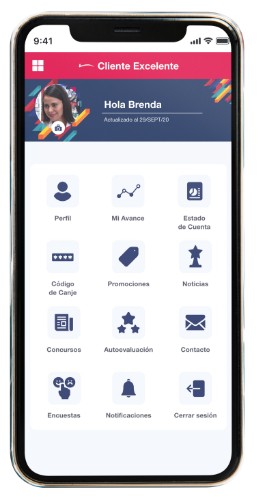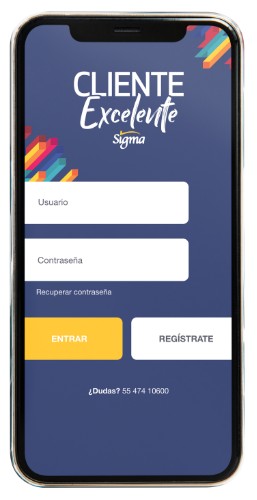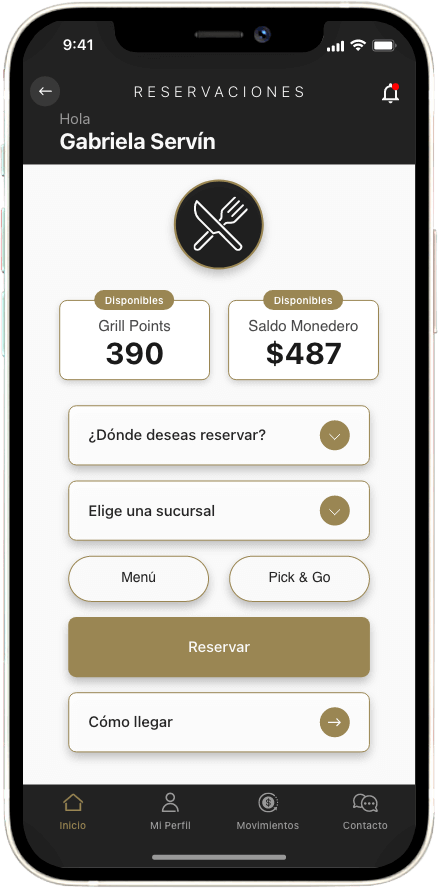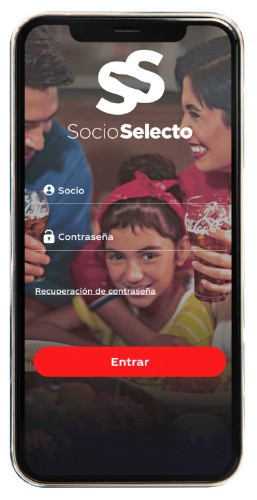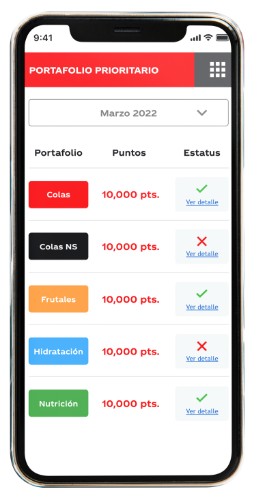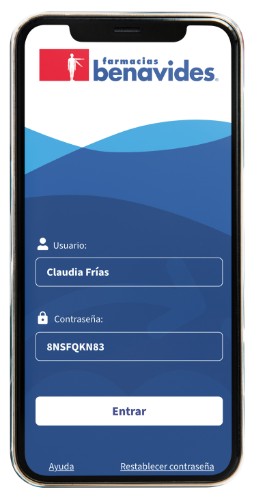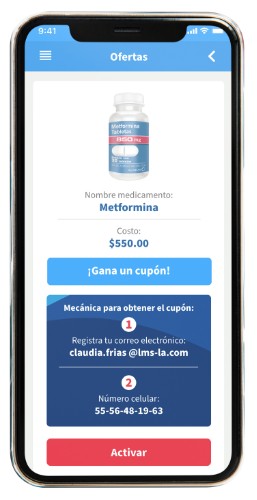Do you think it’s possible to implement games and dynamics in order to achieve specific objectives within a company? Generally, we associate the word play with fun or recreation. However, more businesses are incorporating gamification strategies with excellent results.
5 ways to use gamification in your company
First, it’s important to know what gamification mean. It refers to the incorporation of game mechanics in areas or processes of any company.
The main objective is to turn a routine activity into something fun, while encouraging employee participation, thus improving teamwork, solidarity, commitment and reaching faster solutions.
Gamification in companies can be applied to all types of games: online, videogames, tabletop or manual. We will now give you some tips to make use of this strategy:
- As a way to improve productivity. It’s no surprise that when there’s a reward involved, we’re more likely to do our best. In order for your collaborators to participate enthusiastically, we recommend that you include some type of reward in the games such as bonuses, days off, gift cards or recognitions. In this way, you will promote competition as a way to achieve motivation in their jobs.
- As a talent-selection tool. Choosing the ideal candidate is always a challenge for HR areas, which is why gamified environments can be of great help to design a much simpler recruitment process. It is through interactive or virtual reality platforms, specifically designed to put applicants through situations that they could face while working in the position for which they aspire. In this way, it is possible to know and evaluate the ability to make decisions and solve problems in a more objective way.
- To train your collaborators. Originally, games were used to teach infants something new in a fun way. When introducing a new process in the company, a problem arises: to make your employees get this information quickly and easily, without losing interest and resistance. When you teach something new to your employees, you must look for dynamic and fun ways for them to learn.
- To retain clients and collaborators. Many loyalty programs can be based on experiences that are satisfactory for customers and collaborators, for example, points that take you to new levels and help you obtain greater benefits. As a marketing strategy, it plays an important role since it gives the chance to obtain more real data about customers’ reaction to new products. With this, people identify with your brand, since it opens constant communication, and they’ll want to return to keep getting rewards and positive experiences
- To strengthen organizational culture. Gamification can help share desired information to collaborators. It is possible to implement games where business values are reinforced, with tips to have healthier habits or even as support in their personal growth.
Gamification is a way to keep your collaborators motivated. It is clear that the basis of a successful company is that employees identify with the values and are willing to offer solutions to deal with day-to-day problems. There is nothing better than making these processes fun.
